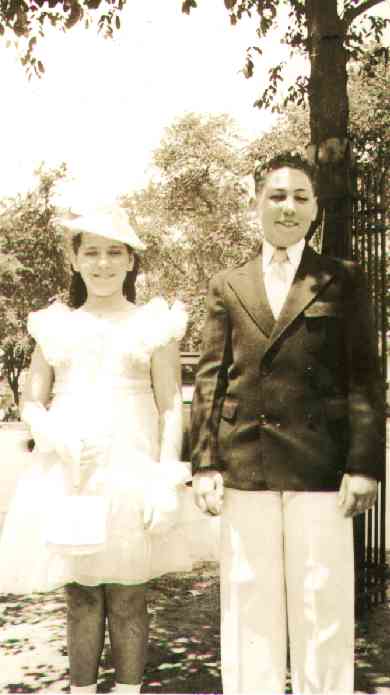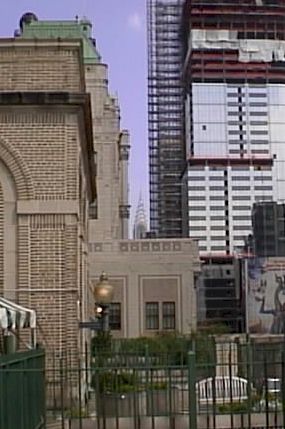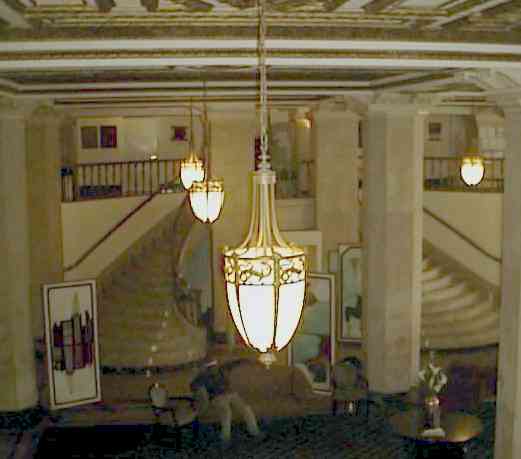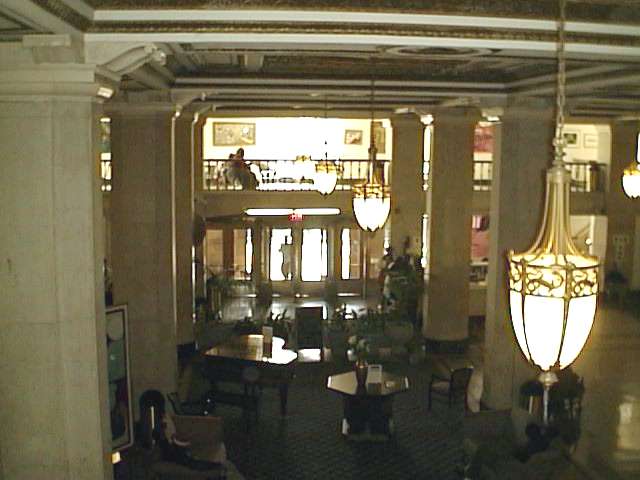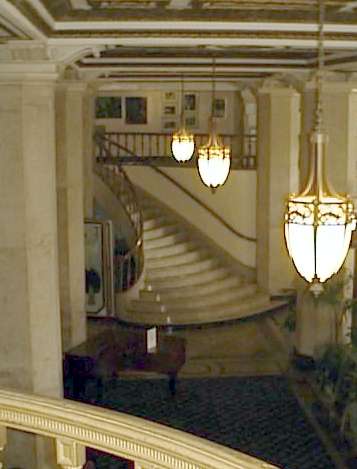| Youngsters 'dragged there' Irving Sollender remembers the Family Circle as a monthly affair from the time he was about 11 years old until he joined the army. Everyone would sit at small tables with their cousins. "You'd say a few words to them, and the next thing the meeting was over," Irving said. "The point is that children who didn't know these people were ordered to come by their parents, so they came. They were dragged there. 'If you could get yourself out of it ...' "We wouldn't necessarily make every meeting; parents would understand if you had to stay home and study, so we'd make maybe every third meeting," Irving said. That was one reason the socializing between the younger generation was not extensive, said Irving, who remembered the best socializing was "always at meals, over the dinner table." As for the Bronx contingent, "you never saw them, unless you ran into them at the hotel. They didn't start inviting each other for dinners at the house." From the adults' point of view, Morris' Family Circle was more successful. From the mid-1930s until the eve of World War II, it often drew over 100 people. |
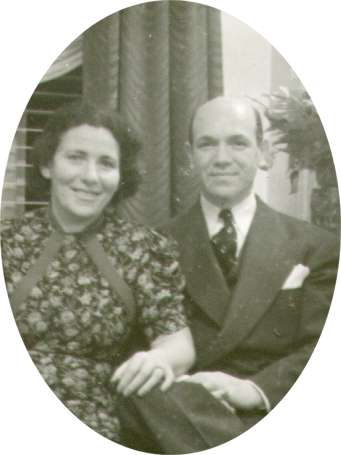
|
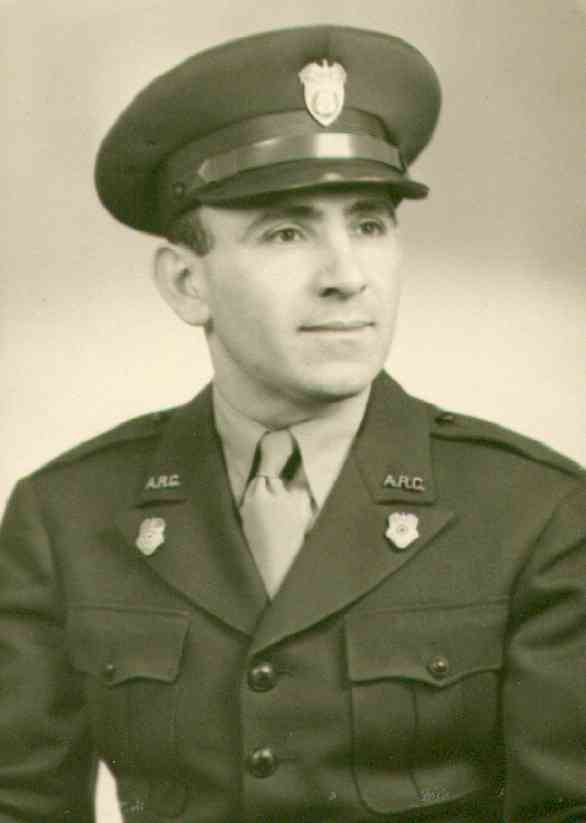 |
|
| "Mother enjoyed Family Circle meetings, " Ruth Sollender Goldstein said of her mother, Rose, shown with Ruth's father (top, right) in a 1938 photo taken on their 15th anniversary. Above right are Ruth and her brother, Irving, in a photo taken during the Family Circle era. Sam Varonok, above, joined the Army as did many men of the Family Circle. |
